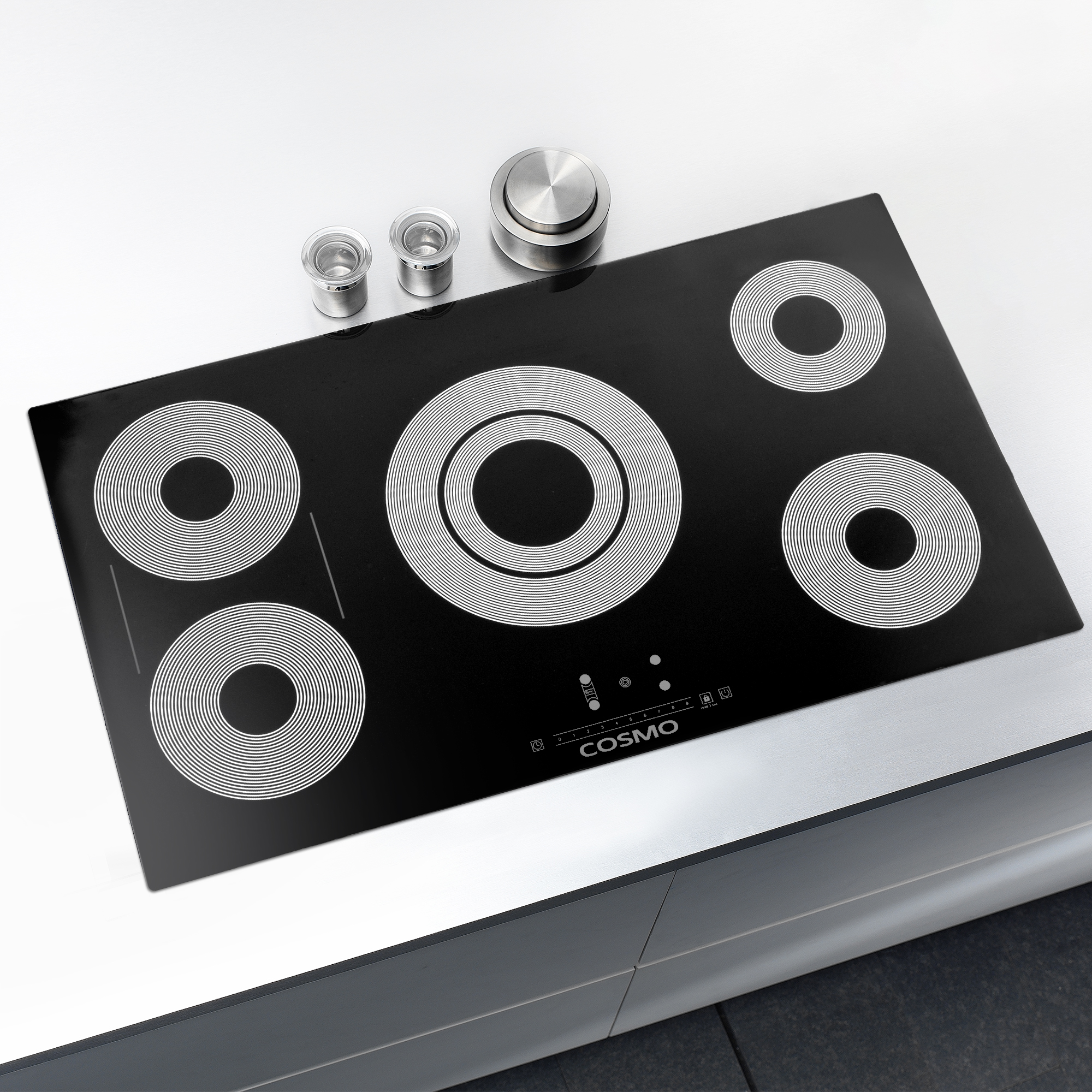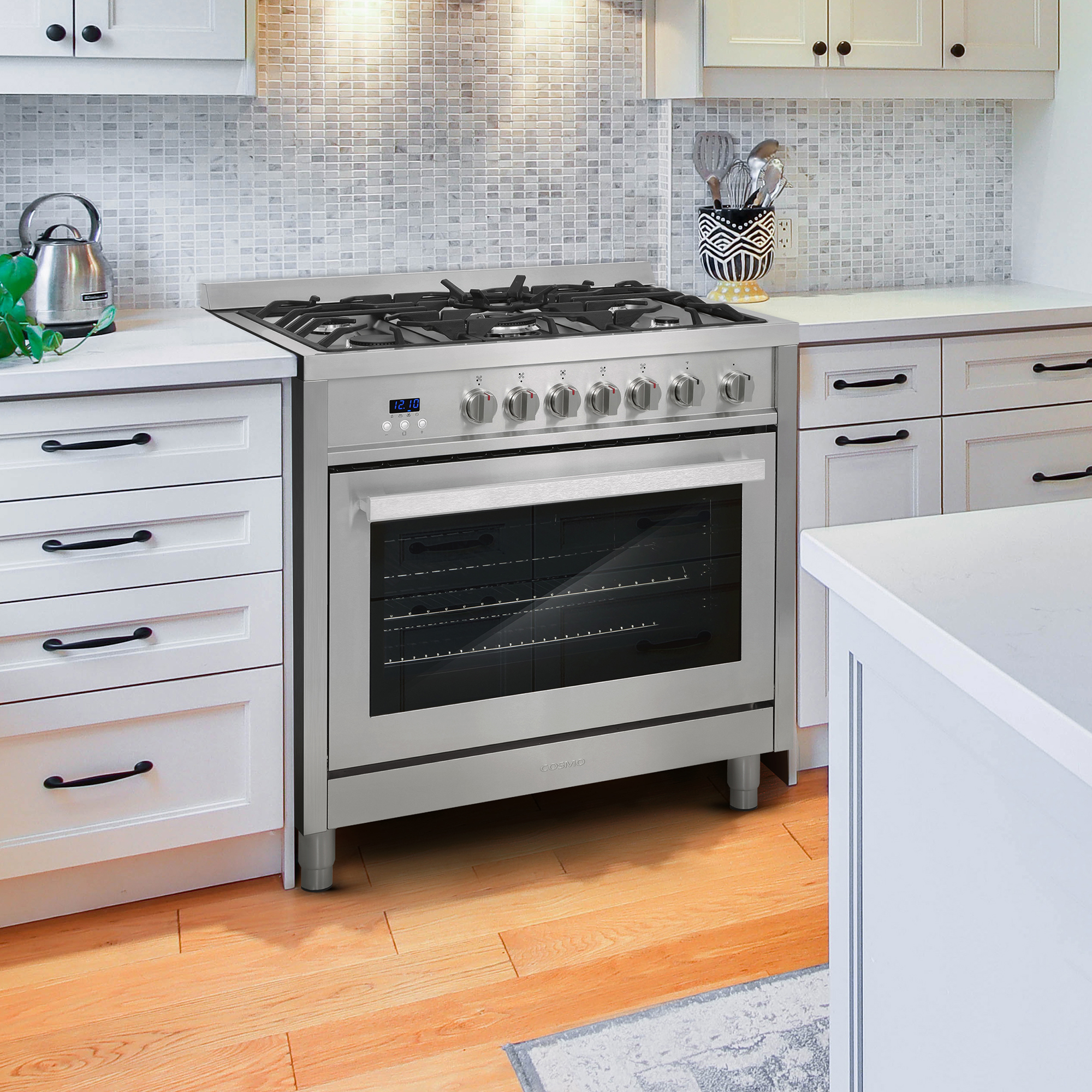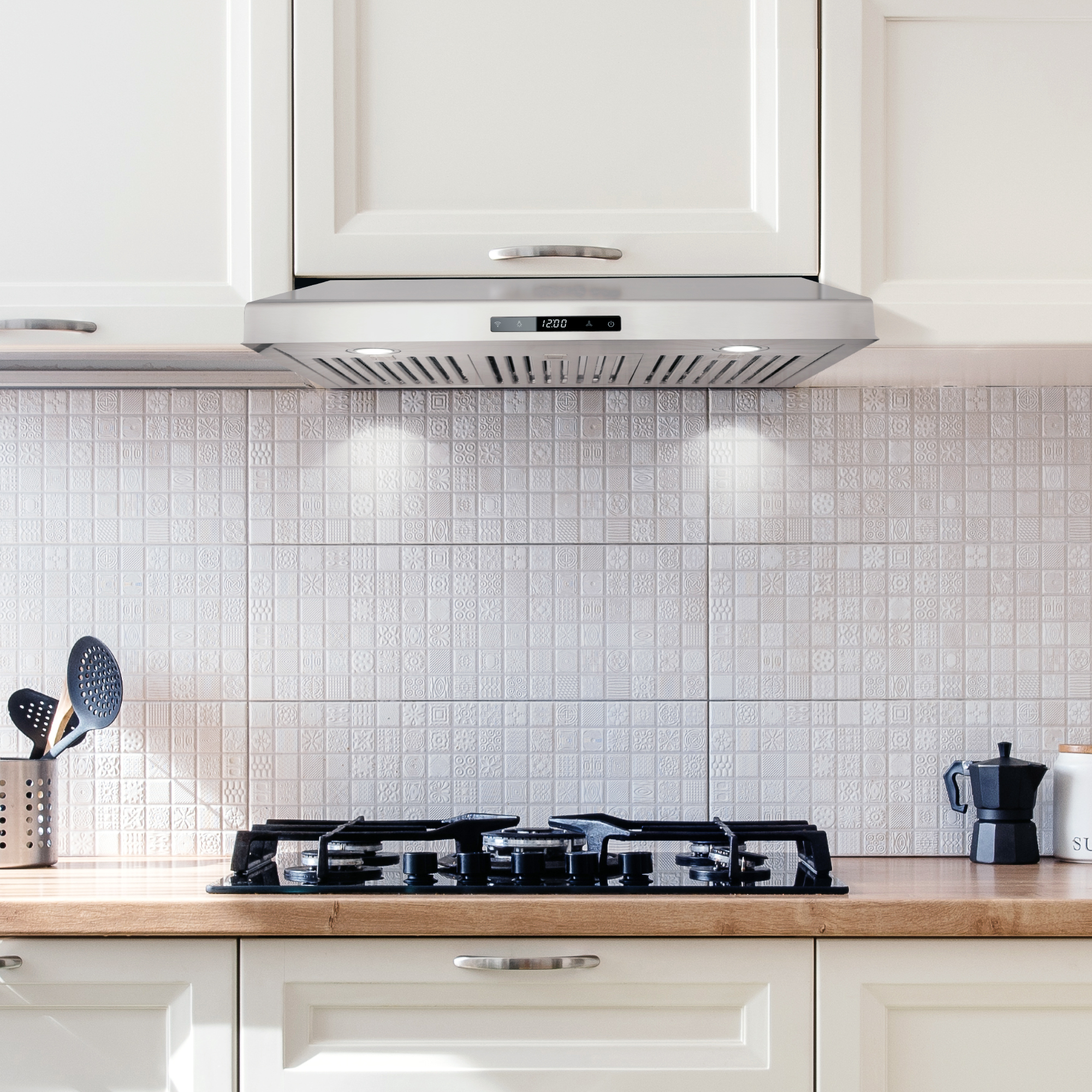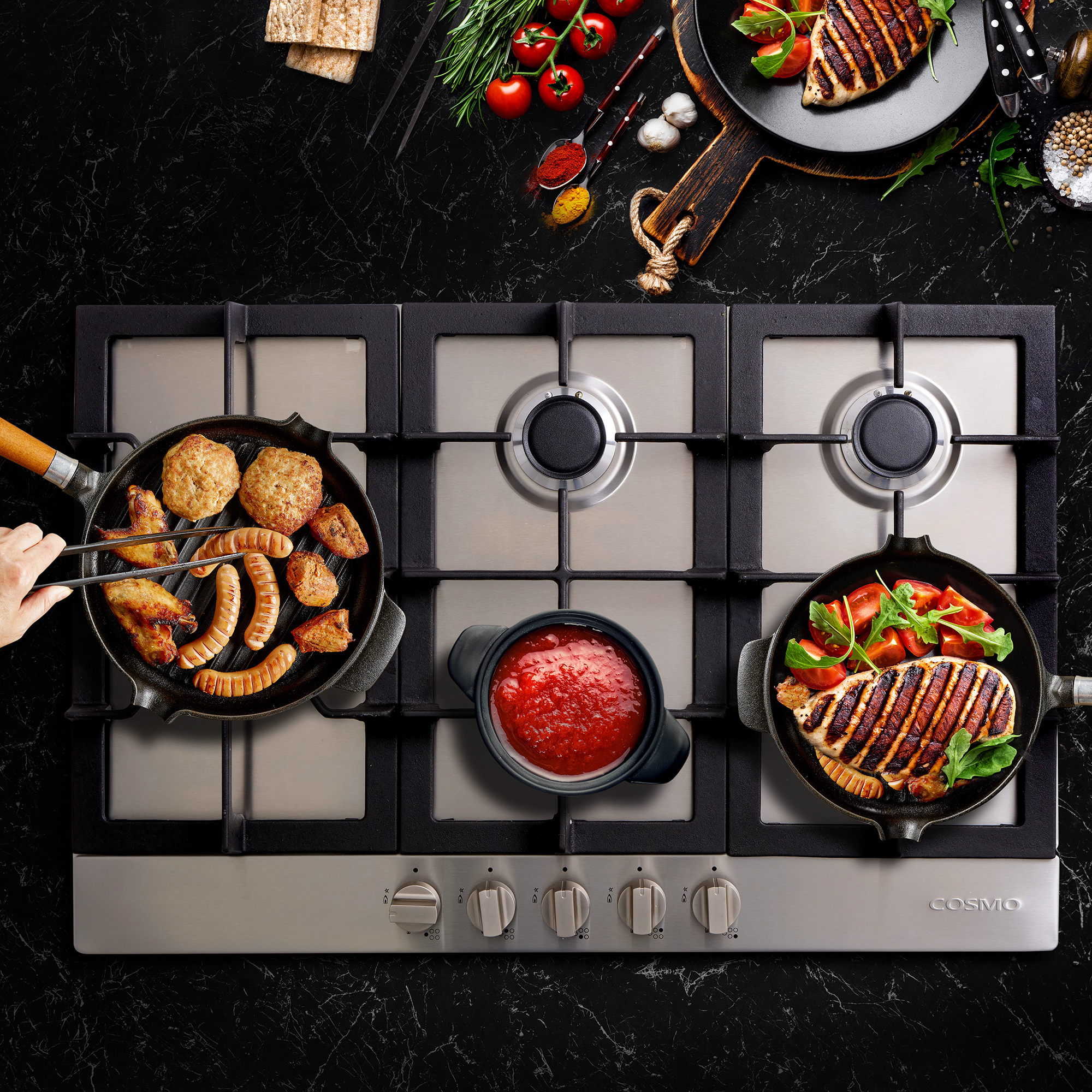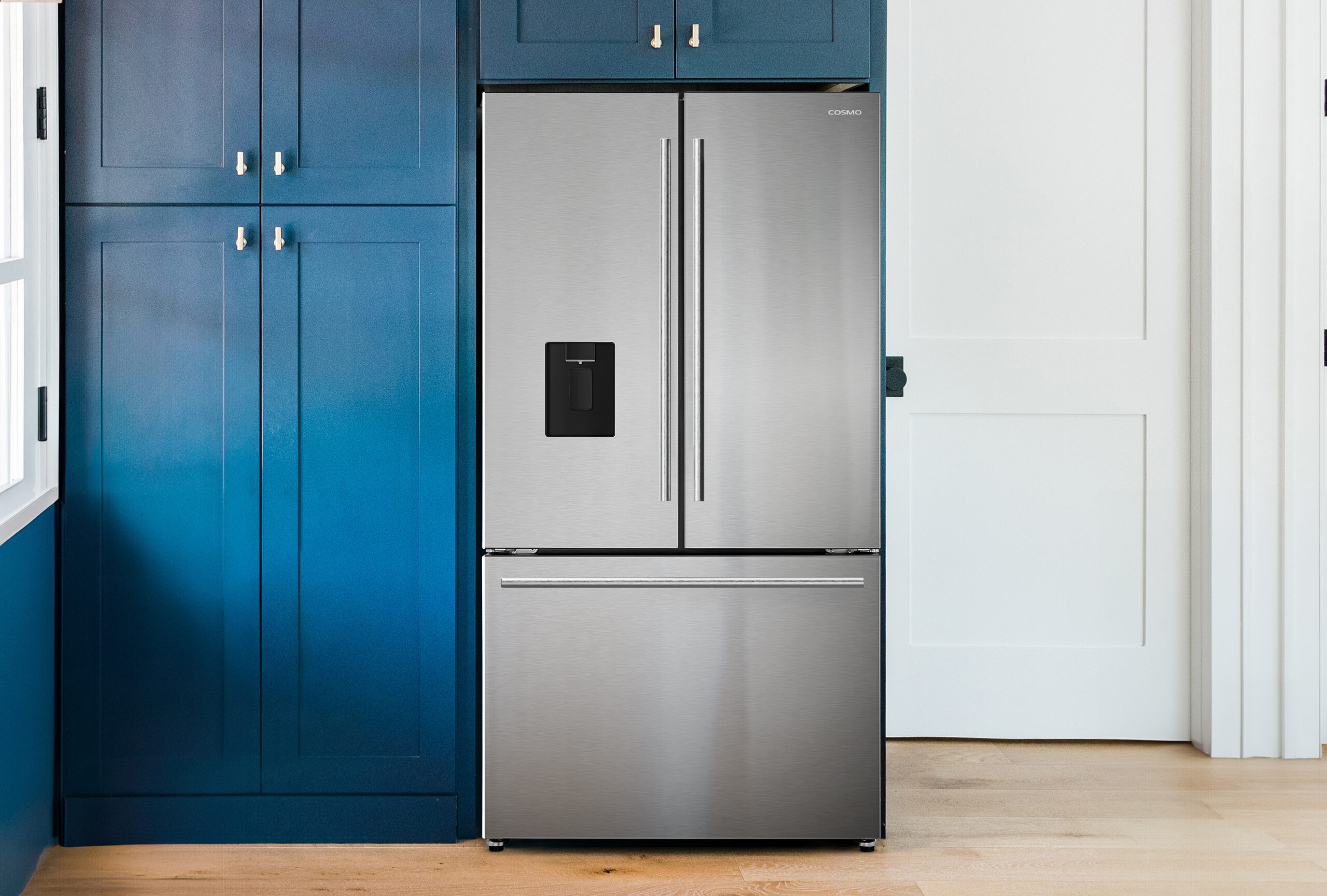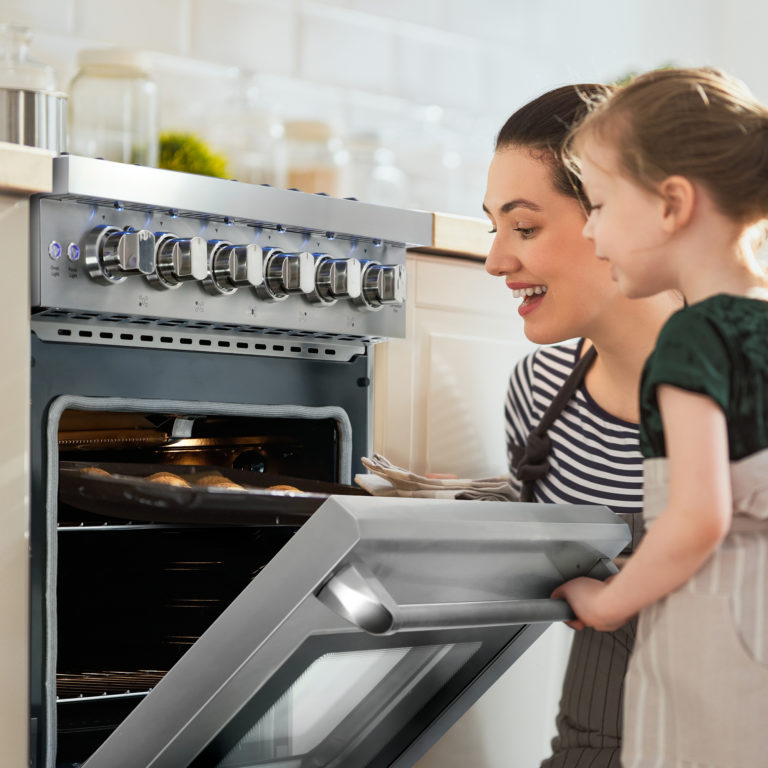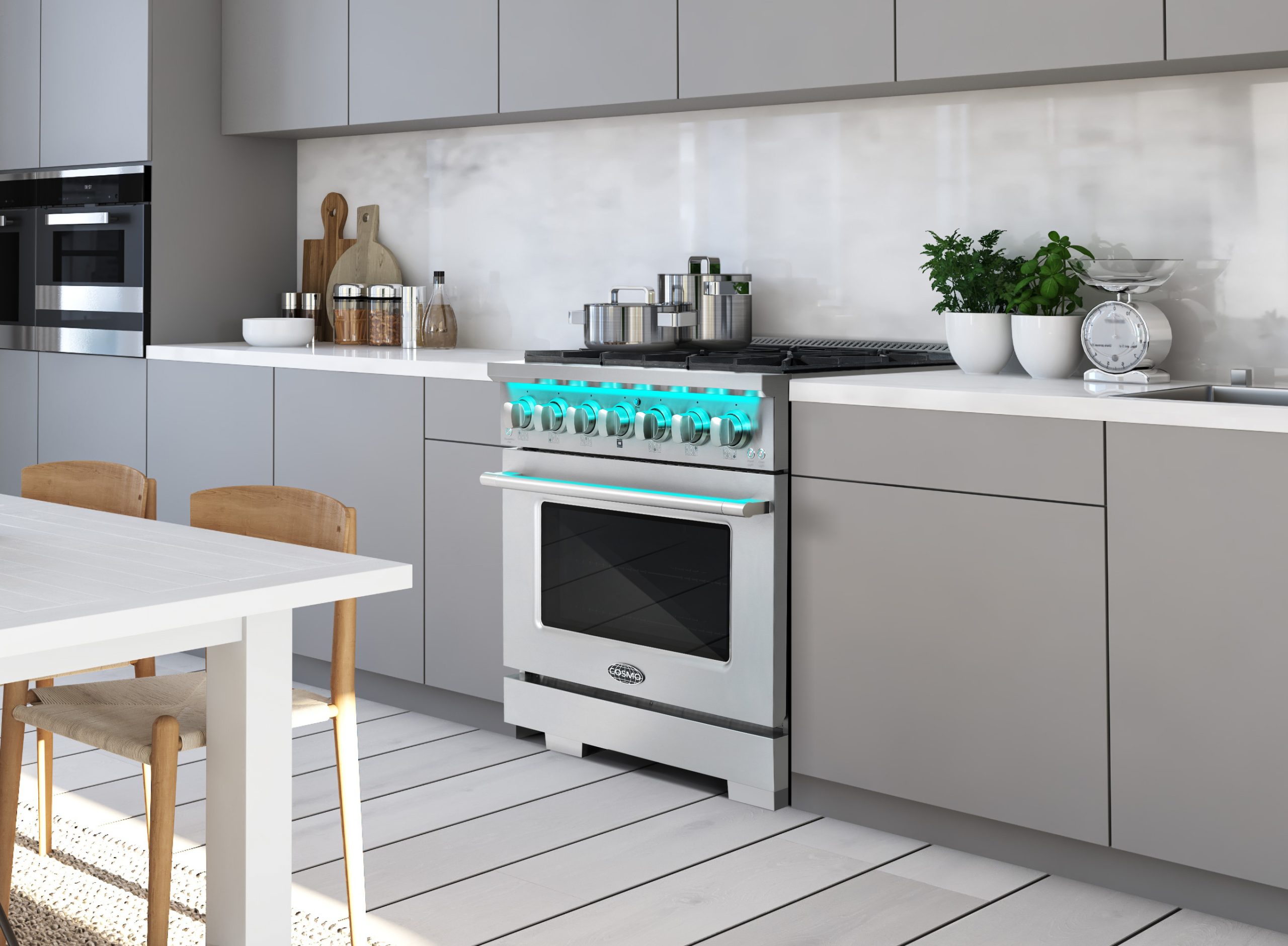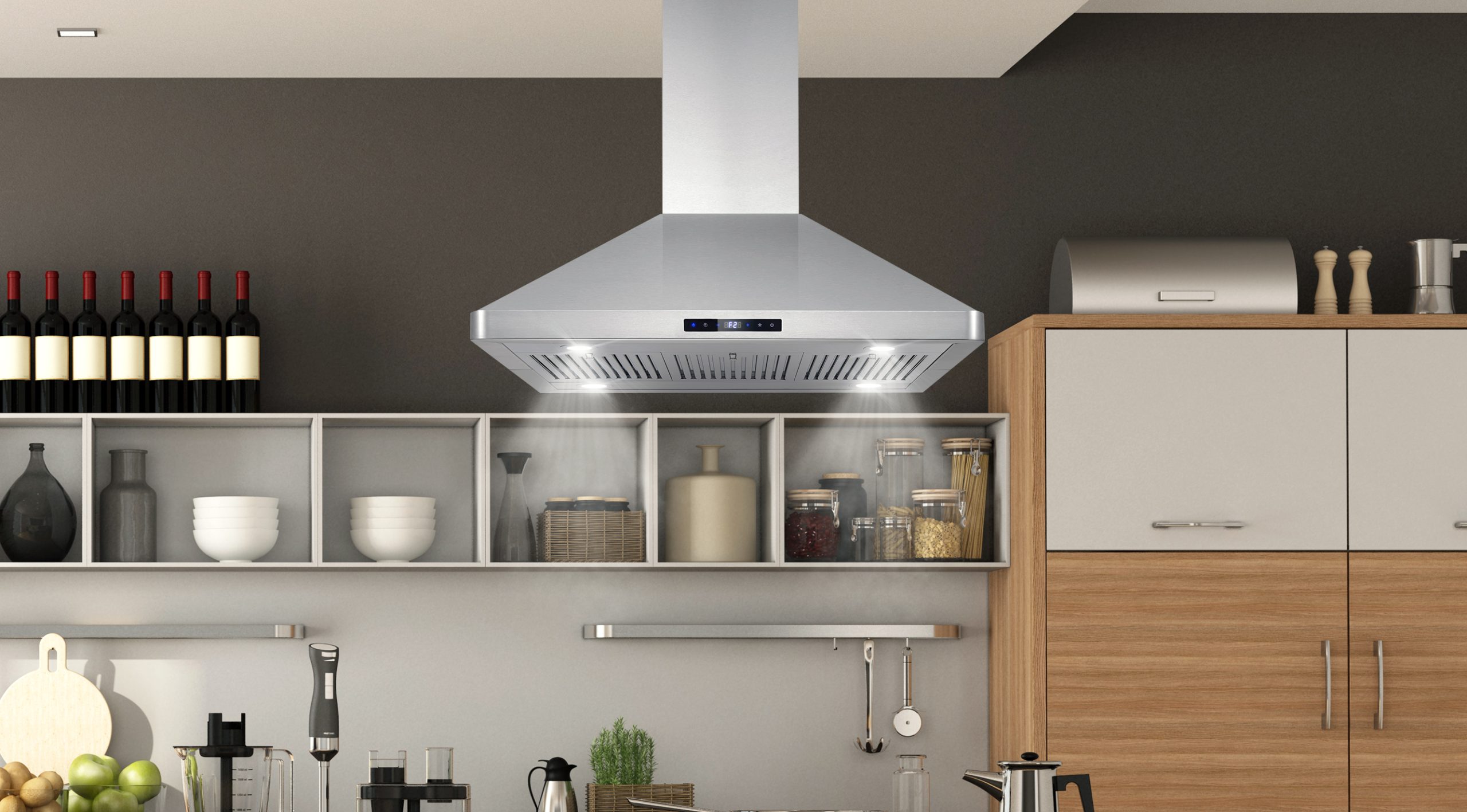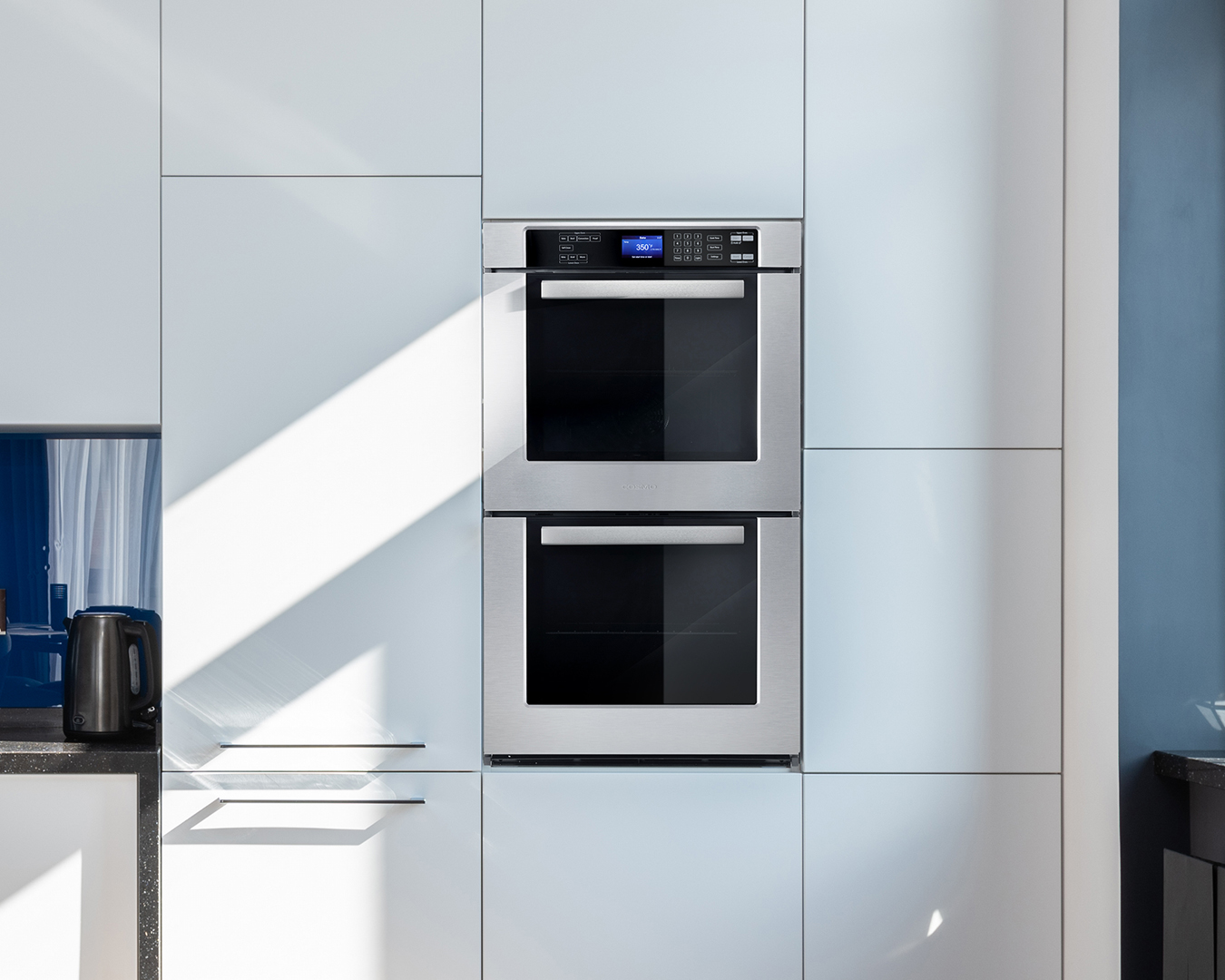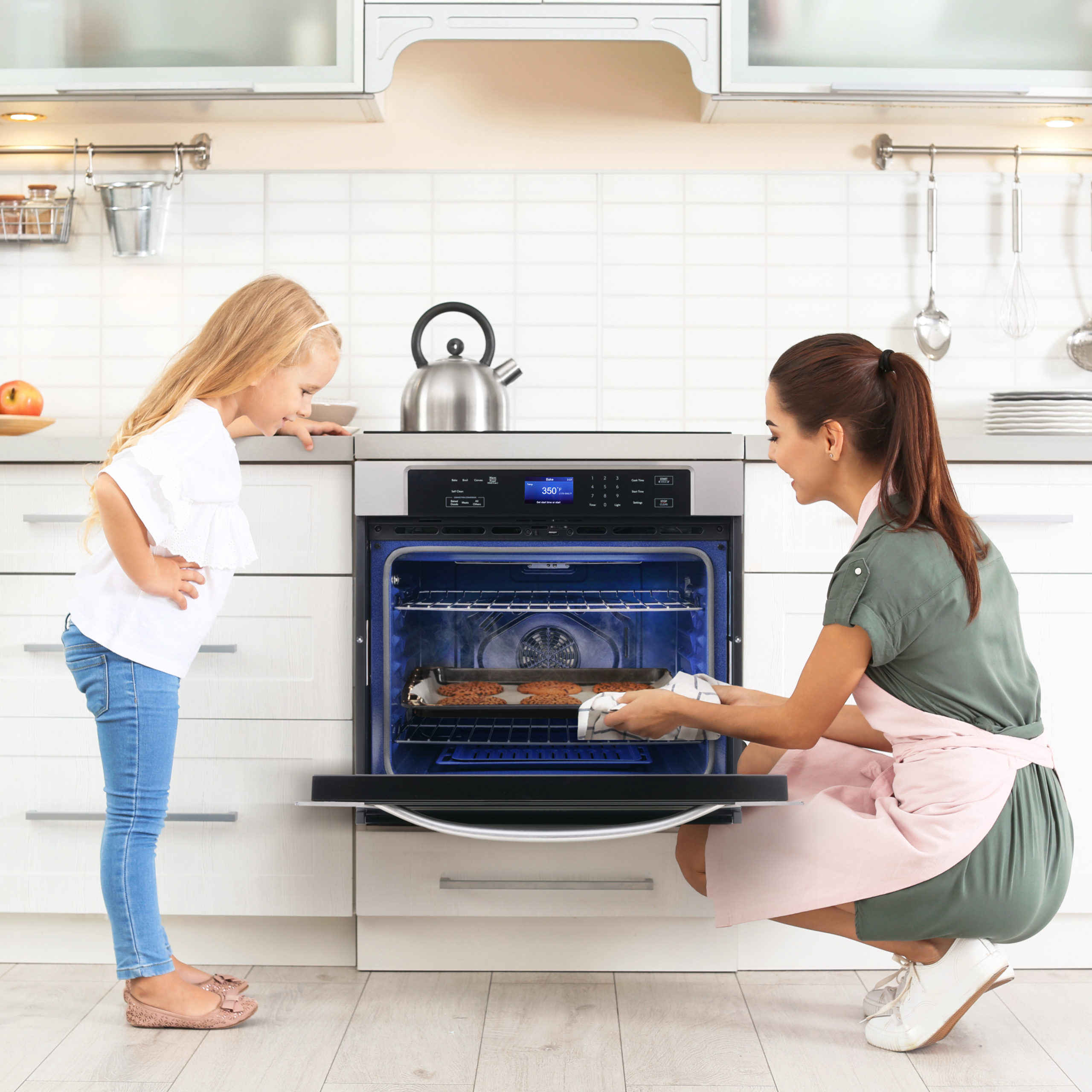The COS-365TBECC Electric Cooktop: Triple Zone Technology and Sync Burner Innovation
The COS-365TBECC electric cooktop represents the next generation of electric cooking technology, combining sleek ceramic glass surfaces with advanced features like triple zone elements and sync burner capability that adapt to your cookware and cooking needs. This 36-inch cooktop proves that electric cooking can be both precise and versatile, offering features that gas cooktops simply can’t match while providing the consistent, controllable heat that makes electric cooking ideal for many techniques. Modern electric cooktops have evolved far beyond the simple coil elements of the past. The COS-365TBECC showcases how advanced electric technology can provide cooking flexibility and convenience that adapts to real-world cooking needs while maintaining the smooth, easy-to-clean surfaces that busy families appreciate for daily kitchen maintenance. Triple Zone Element Technology for Ultimate Flexibility The standout feature of the COS-365TBECC is its triple zone element that adapts to different cookware sizes while providing optimal heating efficiency. This technology eliminates the frustration of mismatched pan sizes and heating elements that plague traditional cooktops. Expandable heating zones automatically adjust to accommodate small saucepans, medium skillets, or large stockpots on the same element. This flexibility means you can use the optimal amount of heating surface for any cookware without wasting energy or compromising cooking performance. Efficient heat distribution occurs when the heating element size matches your cookware size. The triple zone technology ensures maximum energy transfer to your food while minimizing heat loss around the edges of smaller pans. Versatile cooking applications become possible when one element can handle multiple cookware sizes effectively. You can switch from heating milk in a small saucepan to cooking soup in a large pot without changing burners or compromising efficiency. Energy efficiency improves significantly when heating elements match cookware sizes precisely. Using only the heating area you need reduces energy consumption while providing optimal cooking performance. User convenience increases when you don’t need to consider element sizes when choosing cookware. The triple zone technology adapts to your needs rather than forcing you to match specific pans to specific burners. Sync Burner Technology for Large Cookware The innovative sync burner capability allows two adjacent elements to work together as one large heating zone, accommodating oversized cookware like griddle pans, large roasting pans, or specialty cooking equipment that spans multiple traditional elements. Large cookware accommodation becomes seamless when elements can synchronize to provide even heating across extended surfaces. This feature is particularly valuable for griddle cooking, large batch preparation, or specialty techniques requiring oversized cookware. Even heat distribution across large surfaces ensures consistent cooking results when using oversized pans or cookware that would typically create hot and cold spots with individual elements. Professional cooking techniques become accessible at home when you can accommodate restaurant-sized cookware and achieve even heating across large cooking surfaces. Specialized cooking applications like canning, large batch cooking, or holiday meal preparation benefit from the ability to use oversized cookware with proper heating support. Easy activation through touch controls allows you to engage sync mode when needed while maintaining independent operation for normal cooking tasks. Five Electric Surface Burners for Complete Cooking Flexibility The five-burner configuration provides cooking capacity that accommodates multiple dishes and complex meal preparation while offering various element sizes and power levels for different cooking needs. Multiple power levels across the five burners handle everything from gentle warming to high-heat cooking. Different elements provide appropriate power for specific cooking tasks, from melting chocolate to boiling water rapidly. Simultaneous cooking capability allows you to prepare complete meals with proteins, vegetables, starches, and sauces all cooking at appropriate temperatures and timing. Efficient workflow results from having adequate burner capacity that prevents the need to cook dishes sequentially when time is limited or when preparing meals for larger groups. Even spacing between elements provides adequate room for various cookware sizes without crowding or interference between adjacent cooking tasks. Quick heat-up times for electric elements ensure responsive cooking that doesn’t keep you waiting for temperature changes when moving between different cooking techniques. Black Ceramic Glass Surface for Style and Function The smooth black ceramic glass surface provides both attractive appearance and practical benefits that make daily cooking and maintenance more pleasant and efficient. Easy cleaning becomes simple with the smooth, non-porous surface that wipes clean easily after cooking. Spills and splatters don’t penetrate the surface, making cleanup quick and straightforward. Scratch resistance of quality ceramic glass maintains the attractive appearance even with regular use of various cookware types. The durable surface protects against normal wear while preserving the sleek aesthetic. Heat resistance allows the ceramic glass to handle high-temperature cooking without damage or discoloration. The surface maintains its appearance and performance even with frequent high-heat cooking applications. Modern aesthetics complement contemporary kitchen designs while providing the sophisticated appearance that enhances overall kitchen appeal. The sleek black surface works with various design styles and color schemes. Hot surface indicators clearly show when elements are still hot after cooking, providing important safety information that prevents accidental burns from residual heat. Touch Controls with Safety Lock Advanced touch control technology provides precise operation while maintaining the sleek surface appearance. The responsive controls offer accuracy and convenience while integrating seamlessly into the cooktop design. Responsive operation ensures immediate feedback when making adjustments, providing confidence that commands have been registered and executed properly. Precise control allows exact temperature adjustments that help achieve optimal cooking results. The electronic controls provide more accurate temperature management than mechanical alternatives. Safety lock functionality prevents accidental activation or changes to settings, particularly valuable in households with children who might touch the controls accidentally. Easy cleaning of smooth control surfaces eliminates the crevices and raised areas that can trap grease and cooking residue. The flush controls wipe clean as easily as the cooking surface. Intuitive operation makes the controls easy to understand and use without complex programming or difficult-to-remember button combinations. Drop-In Installation for Custom Integration The drop-in installation design allows the COS-365TBECC to integrate seamlessly into custom countertops while providing flexibility for various kitchen layouts and design preferences. Countertop integration creates a smooth, continuous surface

